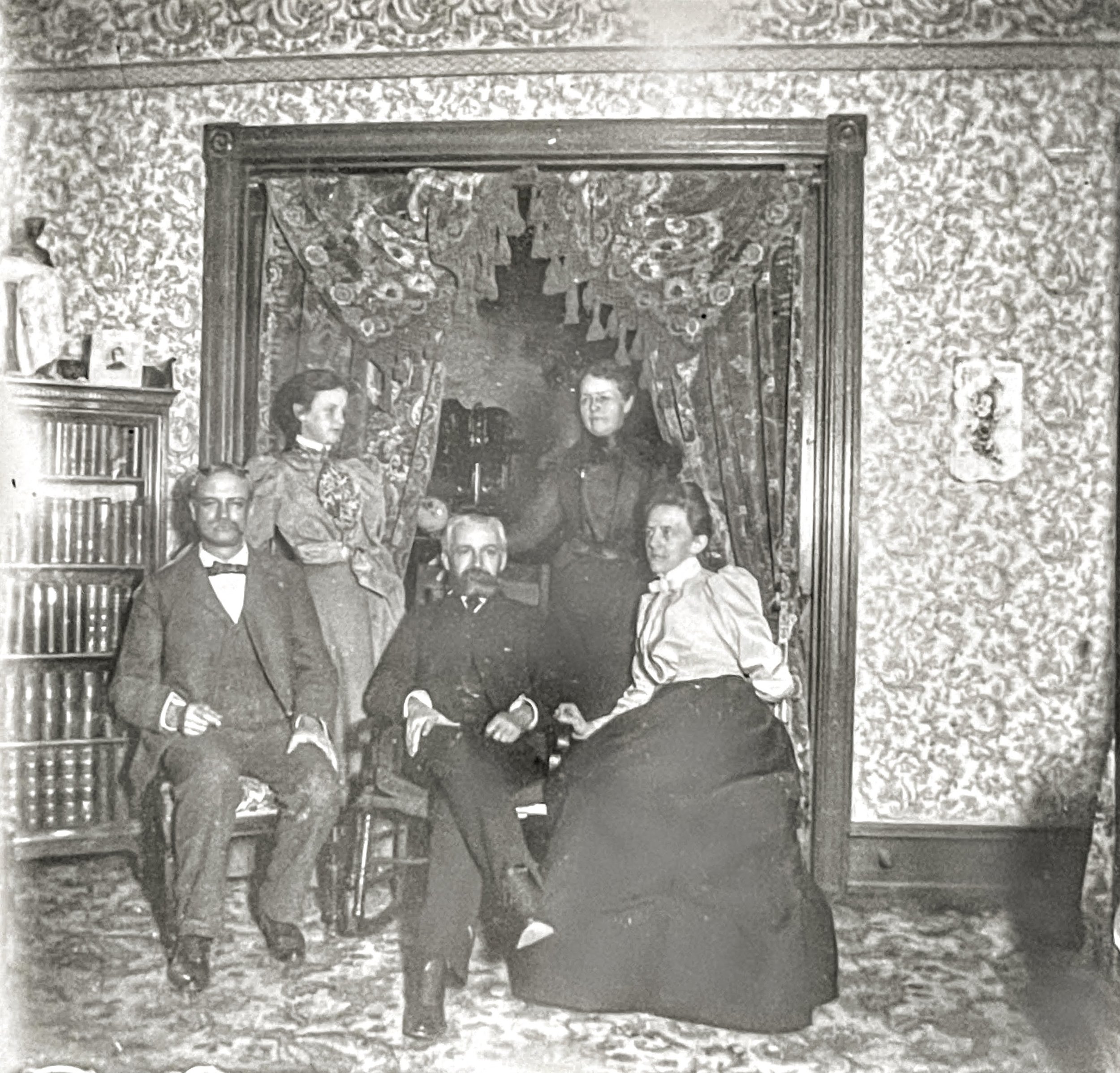
Our History Unveiled
1815–1877
The Society’s Formation
In the spring of 1815, as England’s Regency era was in full bloom, a distinctive assembly of intellectuals, artists, and aristocrats converged in the heart of Scotland. Bound by a mutual interest in the esoteric arts, they formed a social club known as the Friends of Autumn under the aegis of Sir Walter Scott.
The society soon found its first home beneath Scott's Abbotsford House, a library overflowing with ancient knowledge, where members could delve into the arcane, practice divination, and commune with the spirit world.
Gradually, the society's appeal broadened, attracting a more diverse membership across most of Europe, including prominent figures such as the poet Samuel Taylor Coleridge, the elusive occultist Stanislas de Guaita, French author Marie Anne Lenormand, and renowned Theosophist, Madame Helena Petrovna Blavatsky.
Sir Walter Scott
Samuel Taylor
Coleridge
Marie Anne Lenormand
Stanislas de Guaita
Madame Helena Blavatsky
1878–1889
Madame Blavatsky &
the Philadelphia Connection
Madame Blavatsky, in her travels to New York in 1878, became an integral part of the burgeoning Spiritualist movement. It was during this period that she was introduced to the Friends of Autumn at the Gramercy Park chapter house's grand Samhain Parlor. These gatherings, coinciding with harvest's end, were renowned for their opulence, elaborate fashions, and strange dealings with the supernatural.
During one such event, Blavatsky encountered a young Margaret Sinclair, the soon-to-be headmistress of Philadelphia’s chapter house, and a strong bond was established between the two. Before long, Madame Blavatsky moved to Philadelphia, establishing White Dog House in what’s now known as University City, and launching the Friends of Autumn to new heights.
Original Philadelphia Chapter House (c.1893)
1890–1913
Excess & Scandal
From the 1890s to the early 1910s, the society's influence reached its peak. Their clandestine gatherings and galas had become legendary among the elite, with dozens of small chapter houses taking root throughout Europe and the US even as more traditional esoteric groups saw a sharp decline. The Friends, however, were not immune to scrutiny. As they grew in prominence, so did the rumors, leading to investigations by law enforcement and conservative powers.
1914–1920
The Great Death
From 1914 to 1920, the Friends faced significant challenges as many European chapter houses became embroiled in the Great War. Focused on peace, they were primarily driven by charity efforts and intelligence gathering, but the hands of war ultimately brushed many innocent souls into the afterlife.
Following WWI, the Spanish Flu epidemic struck without mercy, exacting a devastating toll on the world's population and taking the lives of even more prominent members, bringing the organization's growth to a standstill.
As these devastating events shattered the group's cohesion, it was worsened further by attacks from conservative factions outside the society. Compelled by fate, the Friends of Autumn had little choice but to retreat into the shadows for nearly 40 years.
1945–1954
The Post-War Era & McCarthy Trials
The society was once again tested after World War 2. With the onset of Joseph McCarthy's communist witch hunts, the Friends' secretive nature attracted scrutiny from the right. This forced several members to publicly renounce their involvement under fear of imprisonment, driving the group's remaining practices even further underground.
1954–Today
Restoration & Rebirth
Following the McCarthy trials, surviving members began the arduous process of restoring their traditions. Fearing further violence, they met with absolute discretion to reestablish old rites, rediscover forgotten history, and connect with lost chapter houses. Over the decades, they managed to keep their growing network from the public eye. That is, until recently.
Now, 200 years after its formation, the Friends of Autumn's newest generation stands tall, their roots buried deep in tradition. And from this rich soil, the society will bloom once more.








